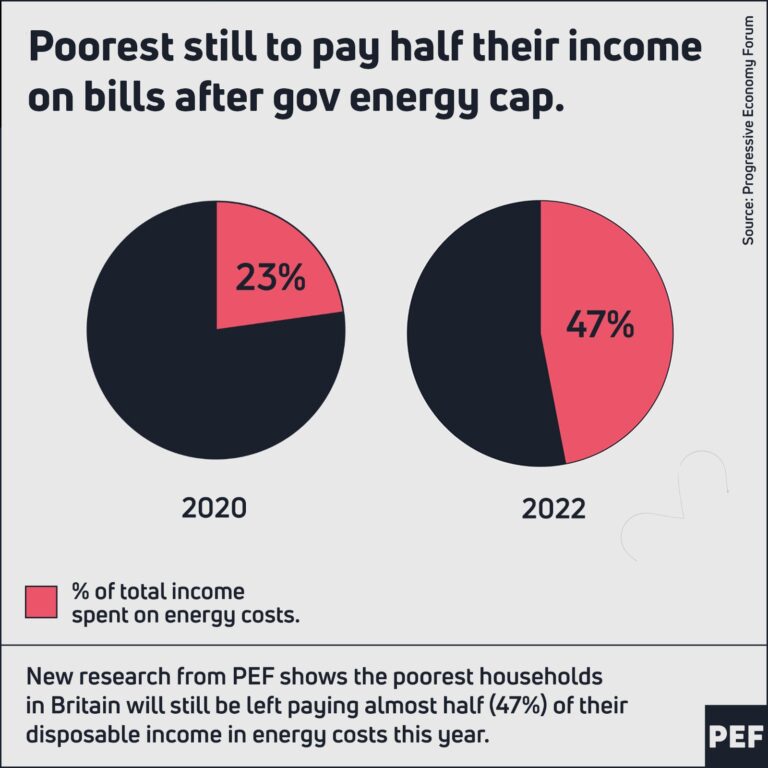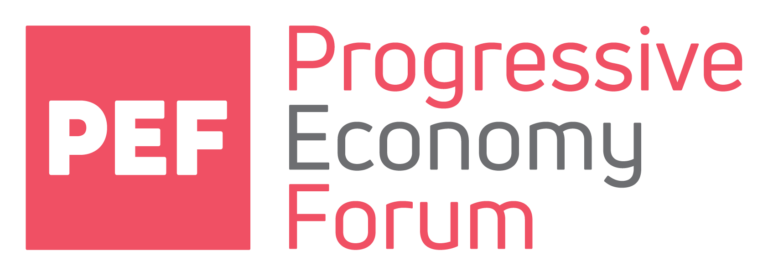Employee-owned businesses and cooperatives have been around for a long time and are supported by the major political parties. The Labour Party published a report on alternative models of ownership in 2017 and its election manifesto committed to doubling the size of the cooperative sector and encouraging more democratic ownership structures.
The co-ownership sector, while significant, is not large – its annual turnover is estimated at £40 billion as of 2017. The John Lewis model is the one that everyone has heard of, but it is not typical for the sector, having 83,000 partners and a turnover of over £10bn. However, the sector is now growing following legislation which provides tax incentives for businesses to transform themselves into employee owned-businesses (EOBs) by setting up employee ownership trusts (EOTs).
This came about as a result of an initiative from the Coalition government, which commissioned research into employee owned businesses. The Nuttall report, published in 2012, found that firms where employees own a stake either individually or collectively through a trust are more resilient, display less sales variability, and deliver more stable performance over business cycles.
The profitability of EOBs correlates with giving employees greater autonomy in decision-making. EOBs that adapt their organisational structure and empower their front-end employees are more likely to sustain their performance as their size increases. It also provides evidence that EOBs create jobs faster than their non-EOB counterparts, particularly in times of economic downturn.
With such a positive endorsement from the research, the government decided to encourage more firms to convert to common ownership via the 2014 Finance Act. There are now tax advantages to provide the incentive to create employee-owned businesses, provided that these comply with certain strict requirements.
The main condition to be satisfied is that ownership of the company must be transferred to a trust with an all-employee benefit requirement, so that the trust property or profits are applied exclusively for the benefit of all eligible employees.
The tax incentives come from Schedule 37 of the Act, which allows the owner of a company to sell their shares to an EOT tax-free, as long as a simple majority of the shares are owned by the new trust. The trust can either borrow to fund the acquisition at the agreed valuation or the selling owners can agree that the price is paid gradually out of profits owned in the future by the trust. The other tax incentive is that trusts can pay staff tax-free bonuses of up to £3,600 per head.
Selling to a trust is particularly useful for long established businesses which remain in the control of founders. Such businesses often face significant succession problems. The founders are likely to want to preserve the business rather than close it down, sell or merge with another business, as this might lead to the firm being dismembered or changing out of all recognition.
The transfer of ownership to an employee-owned trust is an excellent way of preserving the business, its name, its ethos and its direction of travel
My firm, Hodge Jones & Allen (HJA), decided to go down this route this year after 41 years as a partnership. We spent 9 months preparing for the transfer, which finally completed on 10 December 2018. Remarkably, we are the first law firm to transfer its business to a trust 100% owned by its staff.
With all profits being generated for the benefit of employees, the firm should be in a position to pay better bonuses and salaries than its competitors, and this in turn should make it able to attract and retain the best quality staff in its sector.
There are challenges to the conversion. There is lot of paperwork. Banks are new to this game and need to understand how the business will operate in the future. The research did find that EOBs find it harder to access funding than non-EOBs. This is unfortunate, as EOBs apparently grow at a faster rate, but they do need to access bank funding to help this growth.
The bottom line is that the trust can only fulfil its object of benefiting the staff if it is profitable. This should drive the business to good management, steady investment and greater efficiency, and this will be reassuring to funders. Finally, EOBs should be less vulnerable to predators as few EOBs will want to sell up and thereby deprive their staff of a good and stable job.
As more EOTs are formed and flourish we are likely to see a substantial increase in the numbers of firms converting to co-ownership.
Photo credit: Flickr/Stefan Worm.







